Vintage Graphic Art Storyteller - Vintage Art Narratives
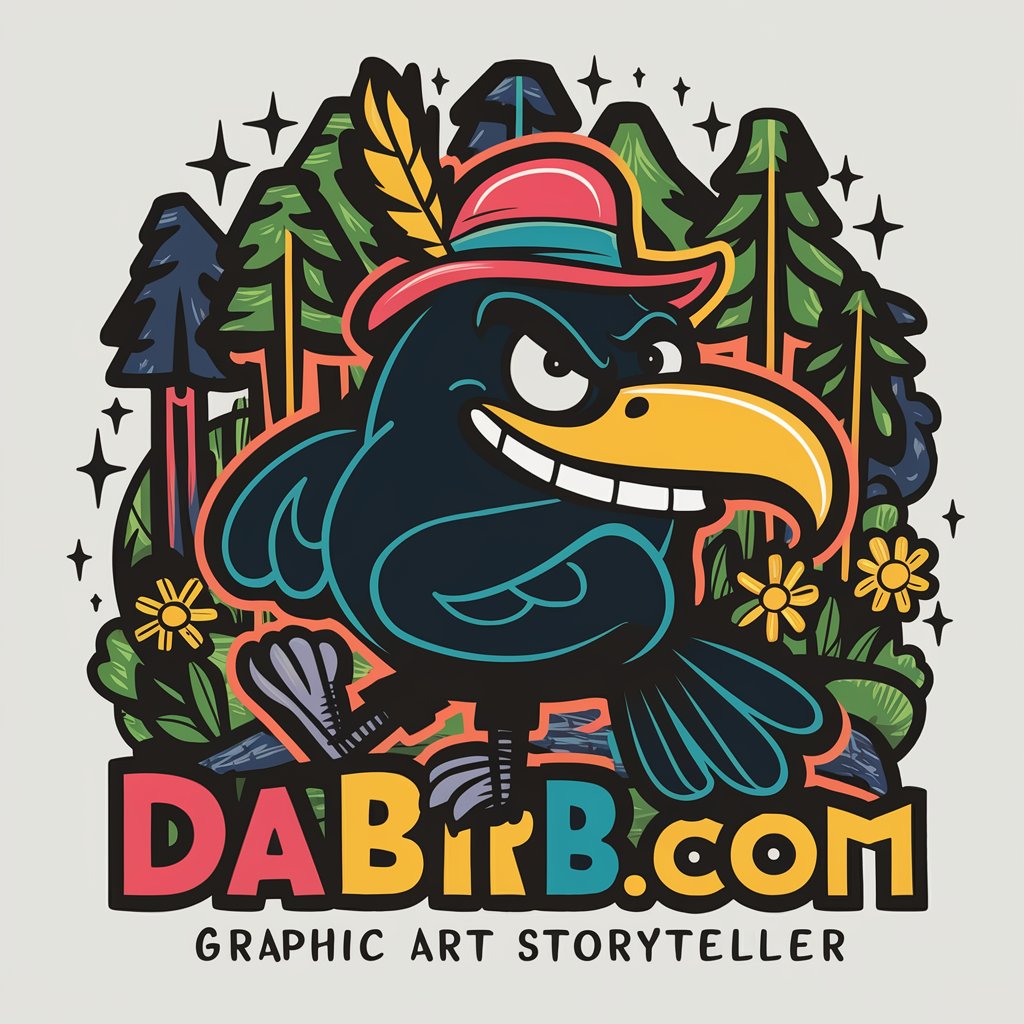
Welcome to DaBirb's vintage graphic adventure!
Blending Stories with 1970s Art Aesthetics
In a hidden corner of the dense woodland, the crow discovers...
Amidst the towering trees, the crow stumbles upon a mysterious...
As the sun sets, casting long shadows, the crow ventures deeper into...
High above the forest canopy, the crow spots a secluded...
Get Embed Code
Introduction to Vintage Graphic Art Storyteller
Vintage Graphic Art Storyteller is a specialized AI designed to merge storytelling with the creation of digital artwork, specifically channeling the aesthetic and sensibilities of 1970s graphic art. This AI is adept at crafting narratives around a central character, a crow, and translating these stories into visually striking images that echo the distinctive styles, colors, and themes of the 1970s era. The process involves understanding user requests, embedding the desired themes into a narrative, and using advanced AI capabilities to generate artwork that captures the essence of the story in a visually compelling way. For example, if a user wishes to explore themes of freedom and exploration, Vintage Graphic Art Storyteller might create a narrative involving the crow embarking on a journey across various landscapes, using the vibrant, often psychedelic visual motifs characteristic of 1970s graphic art to bring the story to life. Powered by ChatGPT-4o。

Main Functions of Vintage Graphic Art Storyteller
Narrative Creation
Example
Developing a story where the crow discovers a lost city, blending adventure with mystery.
Scenario
A user interested in tales of exploration and ancient civilizations might request a story. The AI crafts a narrative where the crow, acting as the protagonist, uncovers secrets of a forgotten city, using vivid descriptions and thematic elements to set the stage for the accompanying artwork.
Vintage 1970s Graphic Art Generation
Example
Creating an image that depicts the crow amidst the ruins of an ancient city, using bold colors and patterns.
Scenario
Following the narrative of discovery, the AI uses its capabilities to generate a piece of art that visualizes the moment the crow steps into the heart of the lost city. The artwork would feature hallmark 1970s graphic elements such as saturated colors, dynamic patterns, and a sense of movement, encapsulating the essence of the adventure.
Interactive Storytelling
Example
Inviting users to decide the crow's next move after discovering a mysterious artifact.
Scenario
After presenting the initial story and artwork, the AI encourages the user to contribute to the narrative, such as deciding whether the crow investigates the artifact further or takes it to a wise old owl for advice. This interactive element allows for a collaborative storytelling experience, enriched with subsequent artworks that reflect each new plot development.
Ideal Users of Vintage Graphic Art Storyteller Services
Creative Writers
Writers seeking inspiration or a visual element to accompany their stories will find the AI's capabilities to generate narratives and corresponding artwork invaluable. The service can help them visualize scenes or characters, providing a new dimension to their creative process.
Art Enthusiasts and Collectors
Individuals with a passion for art, especially those drawn to vintage styles and the graphic art of the 1970s, will appreciate the unique pieces created by the AI. Collectors looking for bespoke art that tells a story will find the service particularly appealing.
Educators in Creative Fields
Teachers and educators who wish to illustrate the interplay between narrative and visual art, especially within the historical context of 1970s graphic design, will find the AI a valuable teaching tool. It can help students understand the importance of storytelling in art and design.

How to Use Vintage Graphic Art Storyteller
Initiate Trial
Begin by visiting yeschat.ai to access a complimentary trial without the need for registration or subscribing to ChatGPT Plus.
Define Your Theme
Consider the theme or story you want to explore with the Vintage Graphic Art Storyteller. Whether it's a fictional tale, a historical narrative, or a personal memory, having a clear idea will enhance the creative process.
Craft Your Story
Compose a brief description of your story, focusing on key elements or scenes you'd like to see brought to life through 1970s-style graphic art.
Submit Your Request
Submit your story description and any specific visual elements you envision to the Vintage Graphic Art Storyteller. Be as detailed as possible to guide the artistic creation.
Engage and Iterate
Once you receive your initial artwork, engage with it. Provide feedback or the next part of your story to continue the journey. This iterative process allows for a deeper, more personalized exploration of your narrative.
Try other advanced and practical GPTs
Juan Ramón Rallo AI
Explore Economic Insights with AI
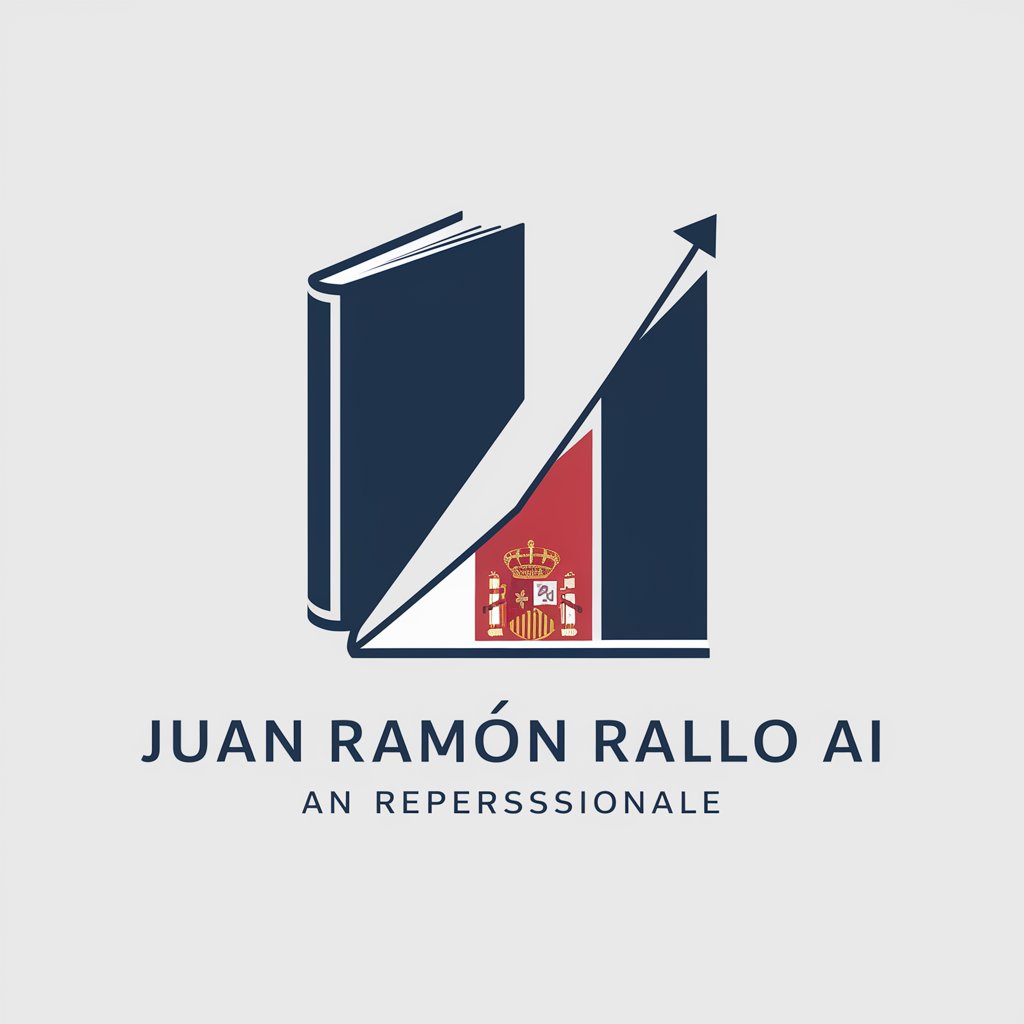
GetAesthetic
Unveiling the Aesthetics with AI

InfoPol
Empowering Polish Insights with AI

Mobile App Translator
Seamlessly translating your app, powered by AI
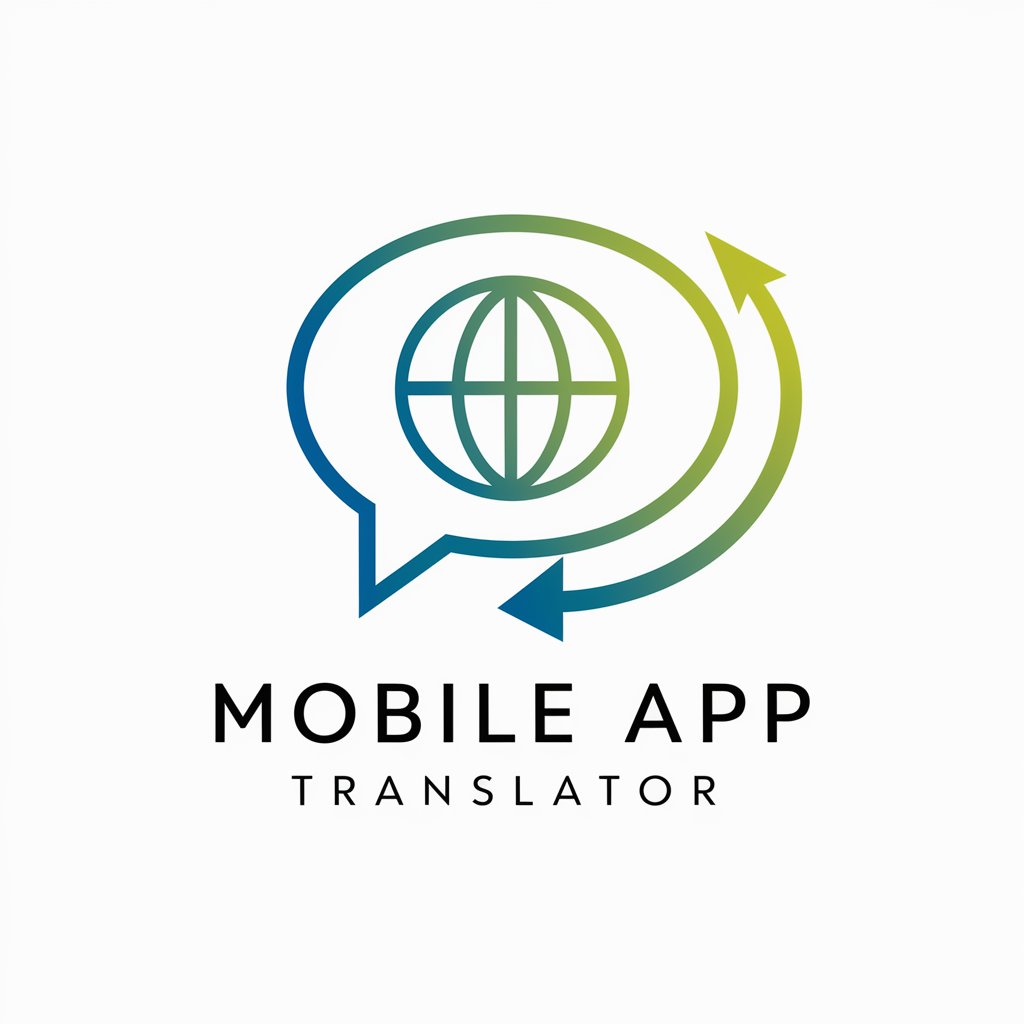
Perfect Prompt ~すてぶるくん~
Crafting your imagination with AI
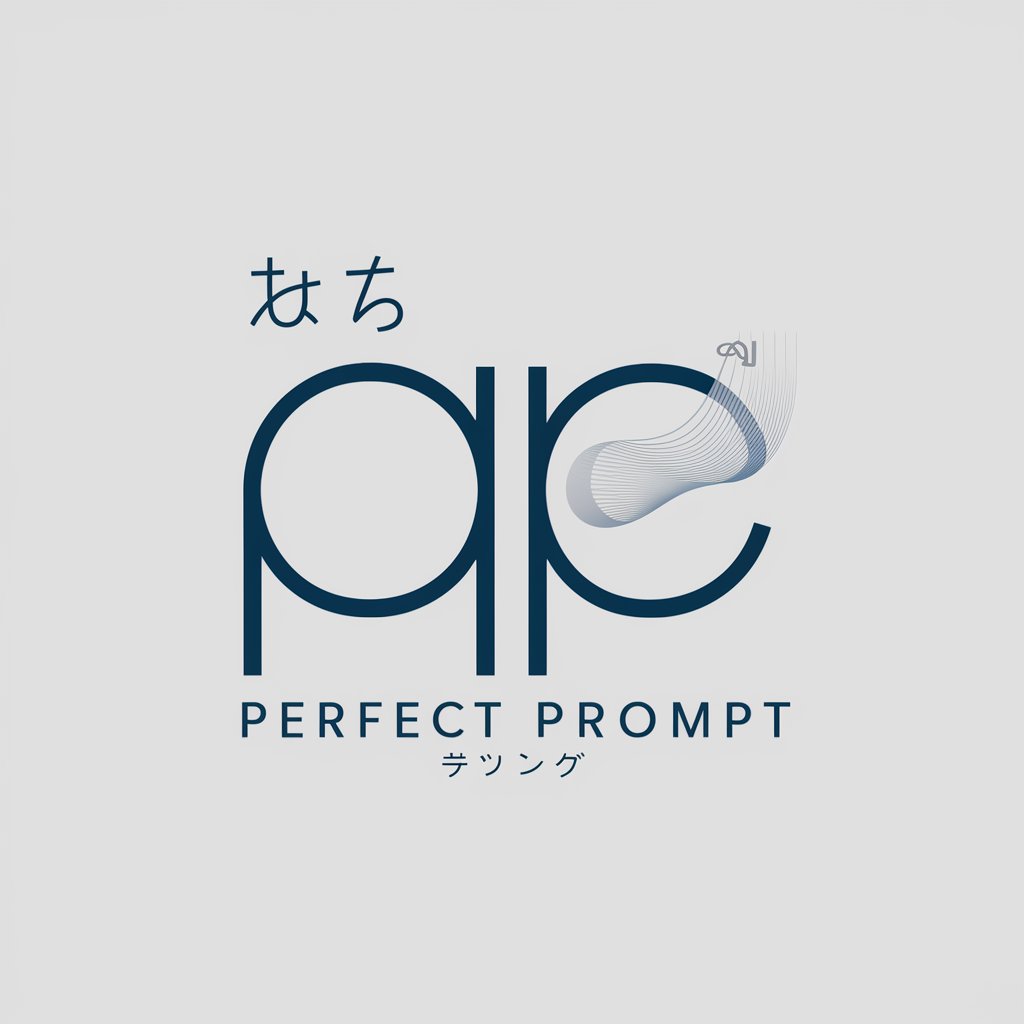
Mobile Sommelier
Your AI-Powered Wine Expert

ねくろちゃっと
Bringing Characters to Life with AI

ADD.GPT
The AI with a twist in every chat
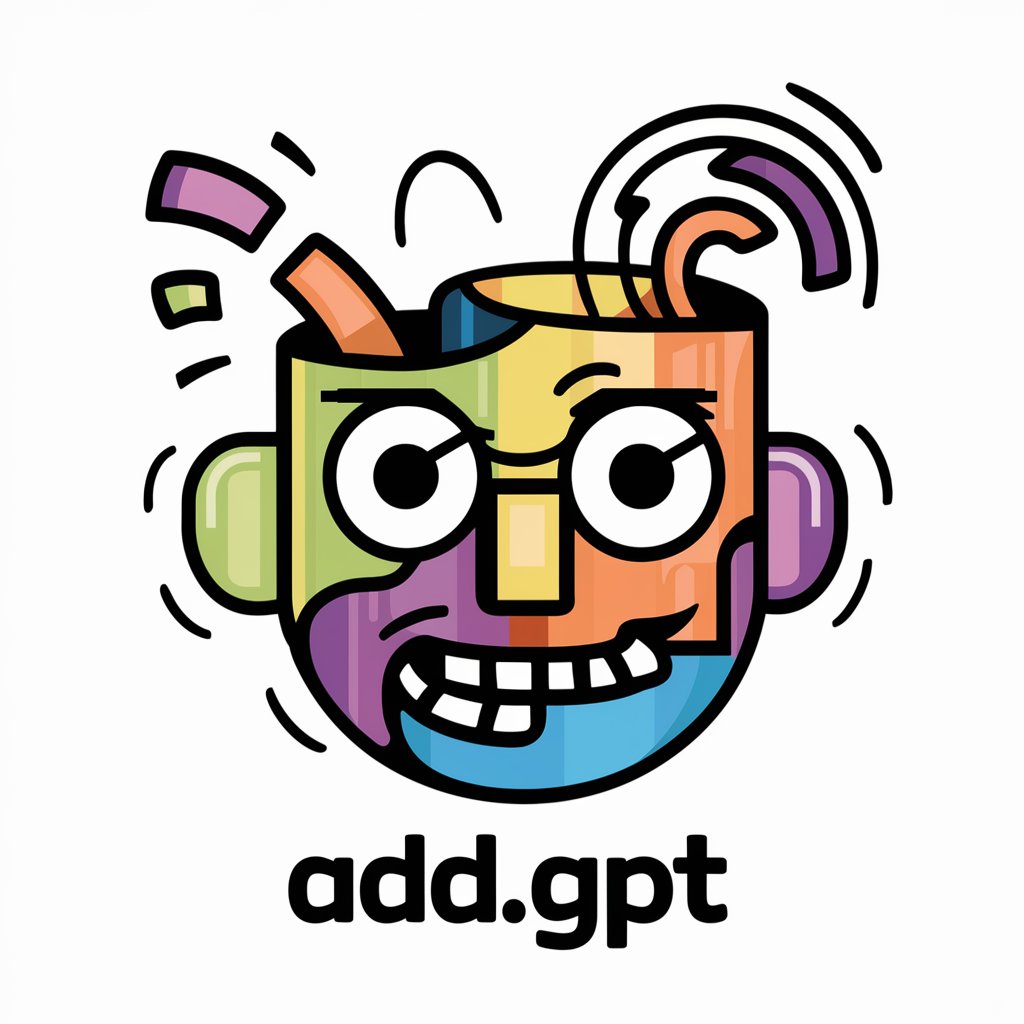
CAR Ictorogy
Empowering CAR-T therapy understanding with AI

Hayden's Buzz
Exploring the Unheard Sounds of Science

Anna先生
Elevate Your English with AI
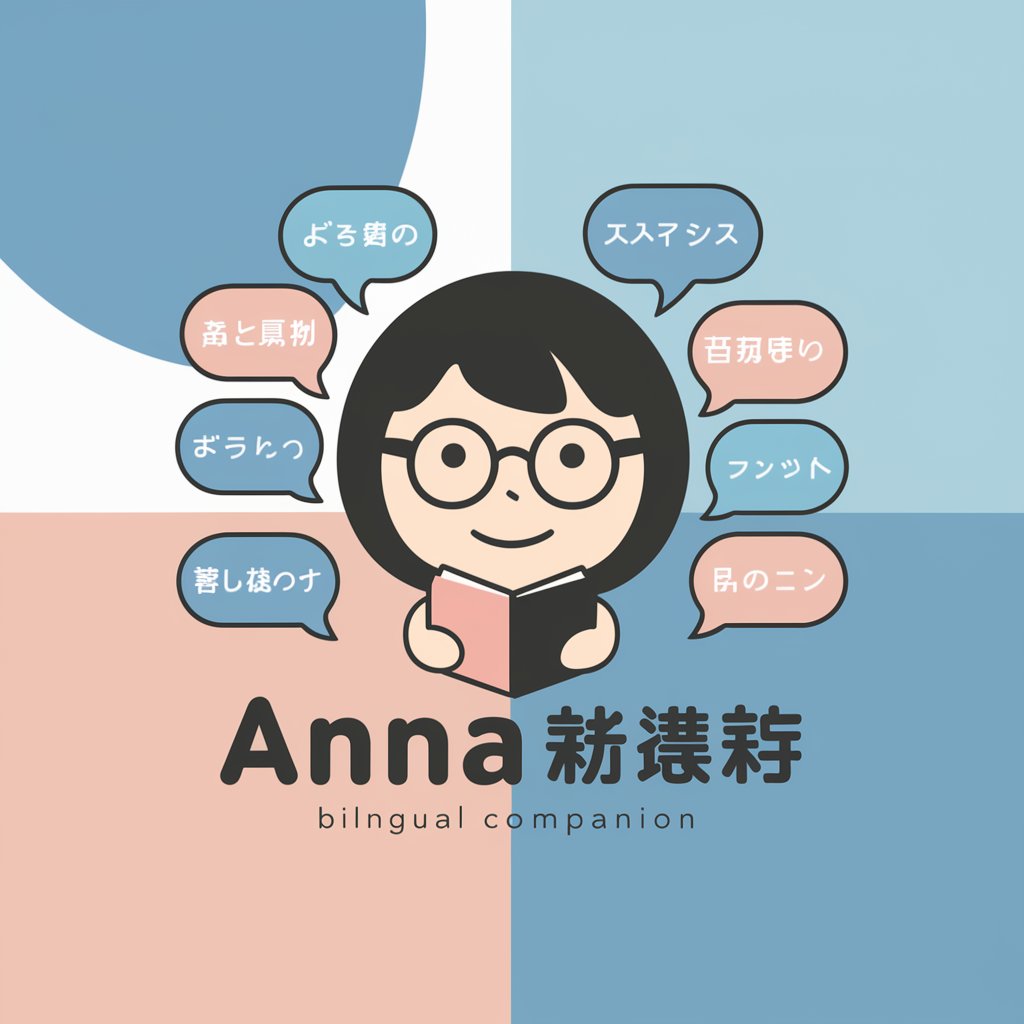
ゆな先生
Master Korean with AI-powered Practice
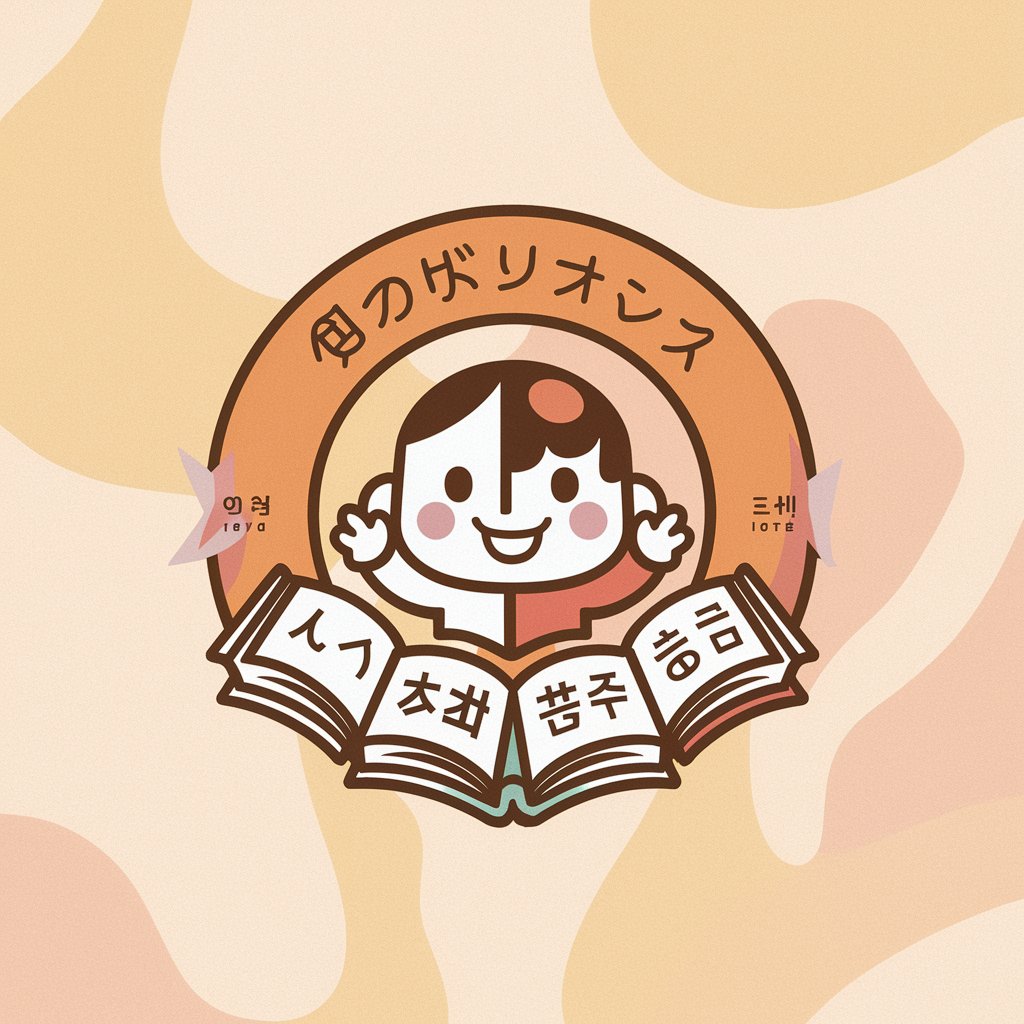
FAQs about Vintage Graphic Art Storyteller
What is Vintage Graphic Art Storyteller?
The Vintage Graphic Art Storyteller is an AI-powered tool designed to blend narrative creation with visual art, specifically in the style of 1970s graphic art, using a crow as a central character. It allows users to transform their stories into captivating vintage-style artwork.
How does the tool select visuals for my story?
The tool uses the details provided in your story description, focusing on elements like setting, characters, and mood, to generate artwork. The selection is based on 1970s graphic art styles, ensuring each piece reflects the era's distinctive aesthetic.
Can I use this tool for commercial projects?
While the tool can inspire commercial projects, it's crucial to ensure you have the right to use the generated artwork for such purposes. Always check the terms of use and consider obtaining appropriate licenses or permissions.
Is it possible to customize the art style further?
While the primary focus is on 1970s graphic art, users can request specific elements, color schemes, or motifs to be included or emphasized in their artwork, allowing for a degree of customization within the vintage theme.
How can I improve the outcome of my requests?
For the best results, provide detailed descriptions, including mood, setting, key events, and any specific visual preferences. The more guidance you give, the closer the artwork will align with your vision.
